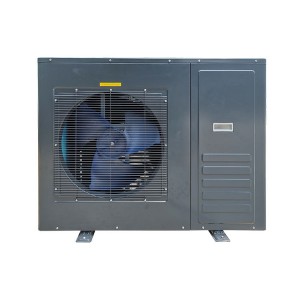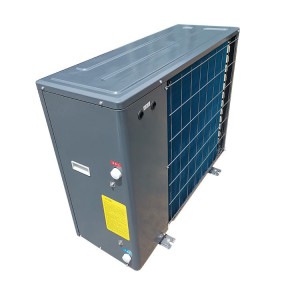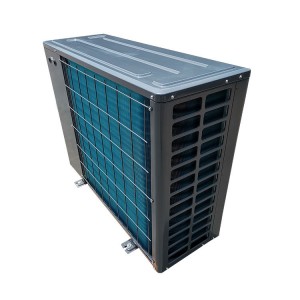In heating mode, a heat pump extracts heat from the outside air, ground, or water source (depending on the type of heat pump) and transfers it inside a building to provide warmth. In cooling mode, it functions like an air conditioner, removing heat from indoors and releasing it outside. Heat pumps are often more energy-efficient than traditional heating and cooling systems, particularly in moderate climates.
Several types of heat pumps:
1. Air-source heat pumps: These extract heat from the outside air and transfer it inside during the heating season. In the cooling season, they work in reverse, extracting heat from indoors and transferring it outside.
2. Ground-source (geothermal) heat pumps: These use the relatively stable temperature of the ground or a body of water as a heat source in winter and a heat sink in summer. They are generally more efficient but can be more expensive to install than air-source heat pumps.
3. Water-source heat pumps: These extract heat from a body of water, such as a lake or pond, or from a well, and transfer it to a building.
Heat pumps offer benefits such as energy efficiency, versatility, and environmental friendliness, as they can be powered by electricity generated from renewable sources. However, their effectiveness may vary depending on climate conditions and installation factors.
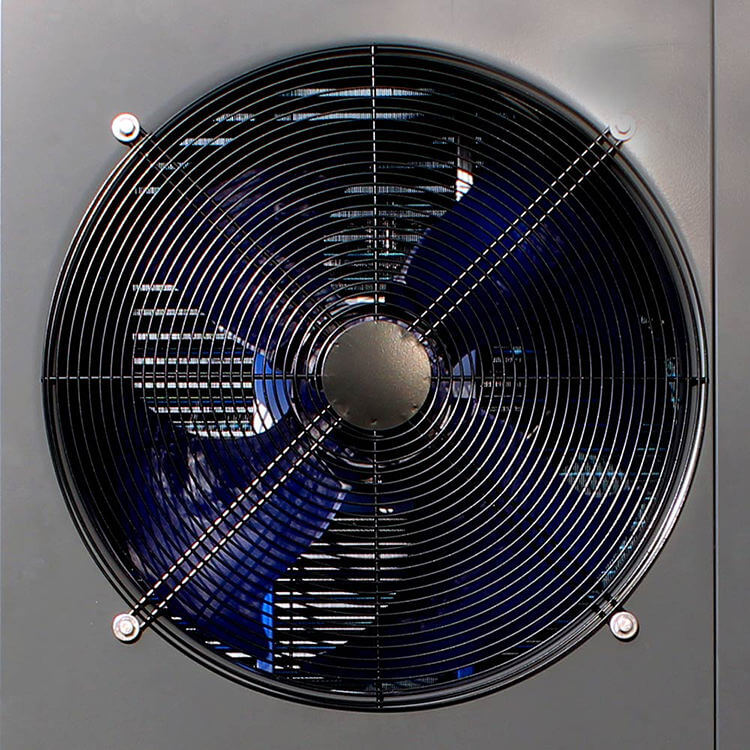
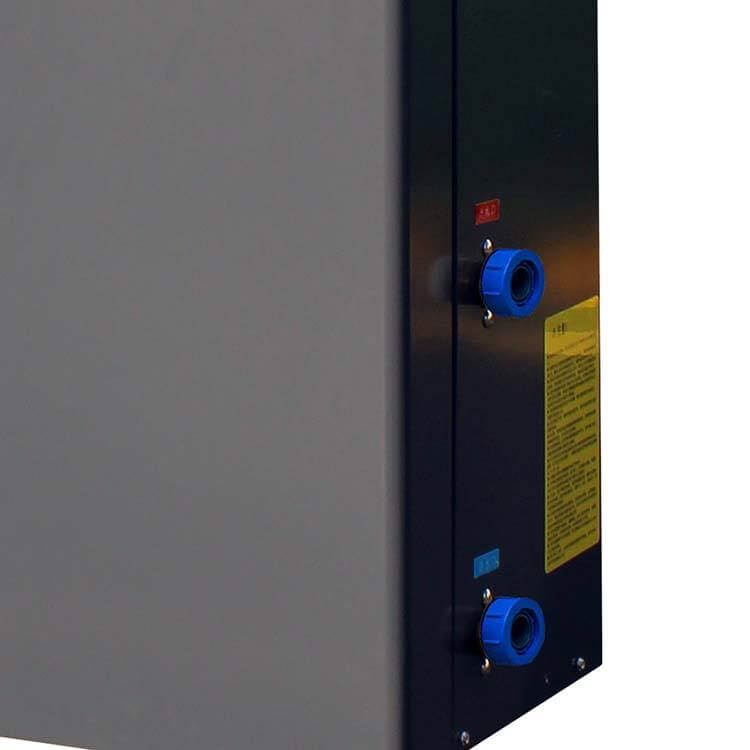
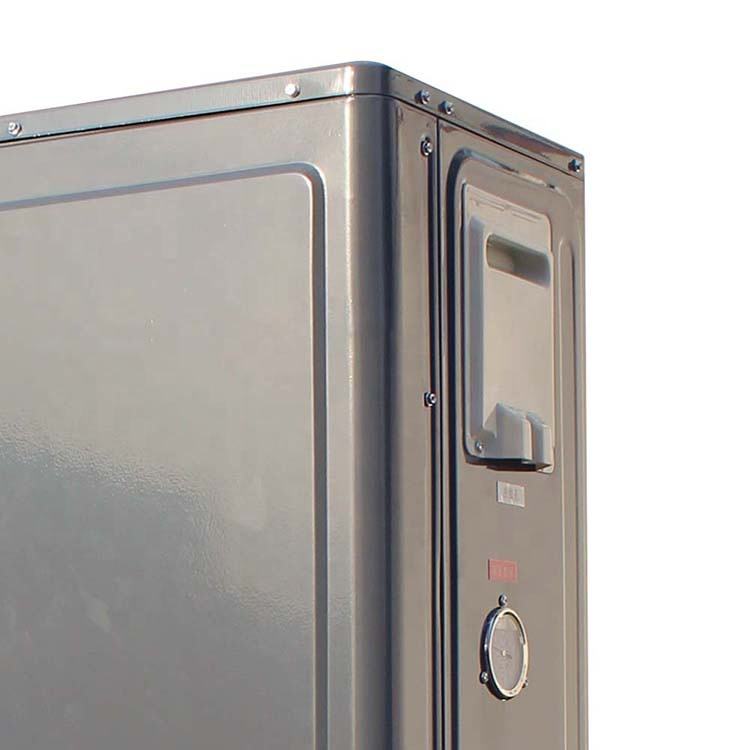
Video of Air Source to Water Heat Pump with R32
-

OEM/ODM Water Damage Restoration Dehumidifier w...
-
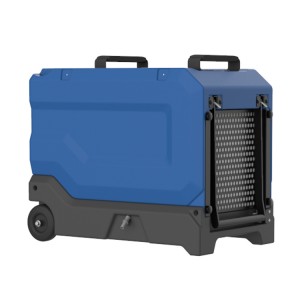
Hot Sale Restoration Equipment Commercial Indus...
-
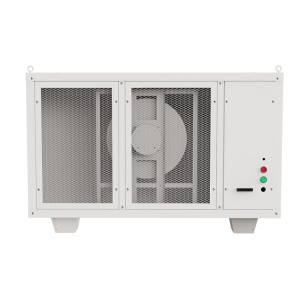
Wholesale OEM Industrial Commercial Ceiling Mou...
-

Supply OEM No Any Clumping Cross Flow Industria...
-
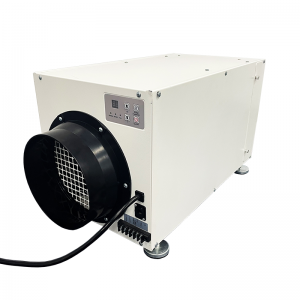
Customized Whole-House Dehumidifier with Fresh ...
-
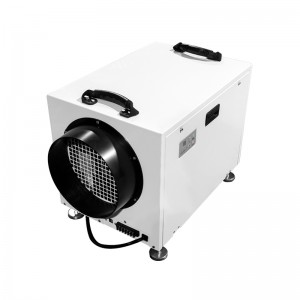
Wholesale High Quality Ceiling Mounted Air Dehu...
 +86-13376814803
+86-13376814803  robert@hzhongtai.com
robert@hzhongtai.com 


